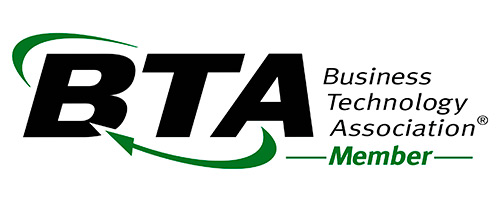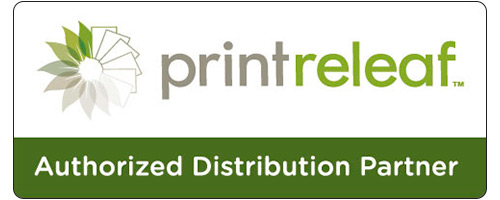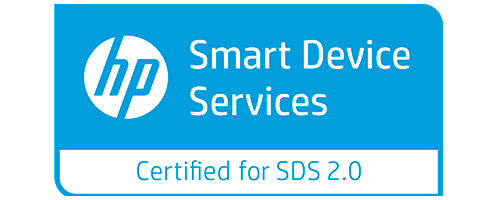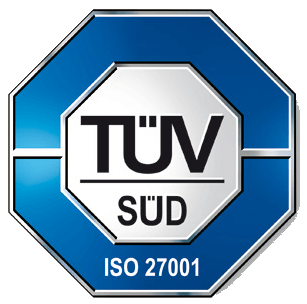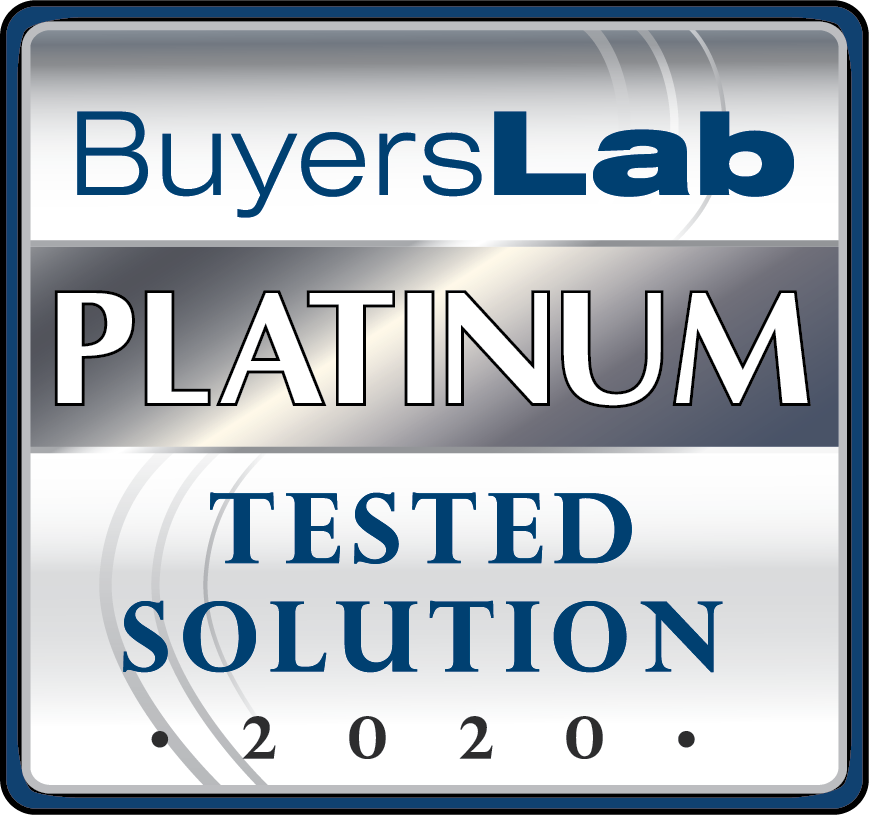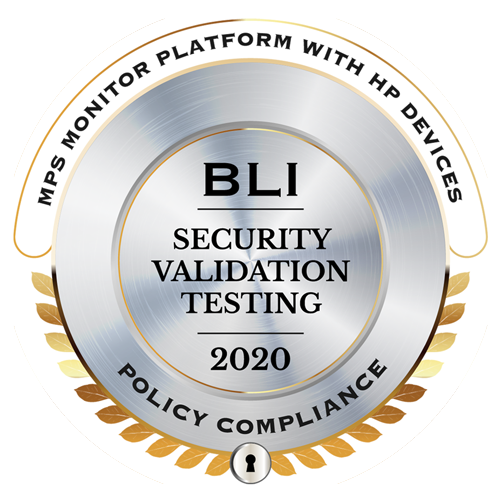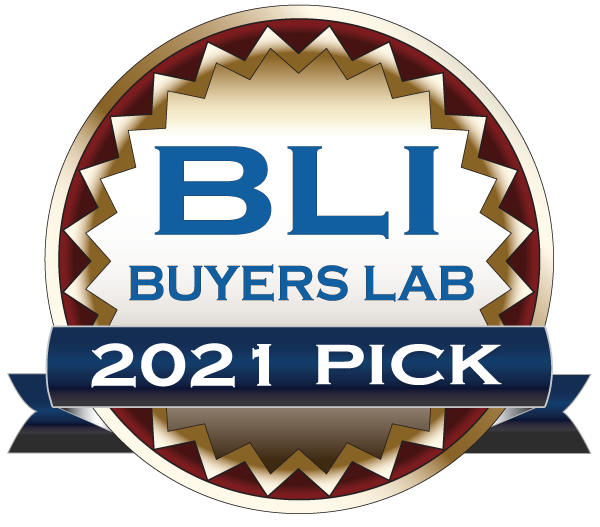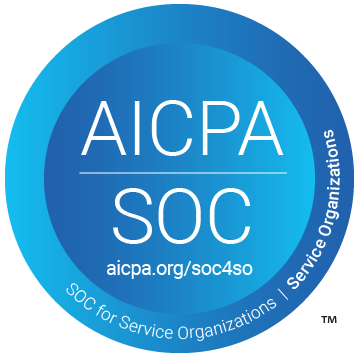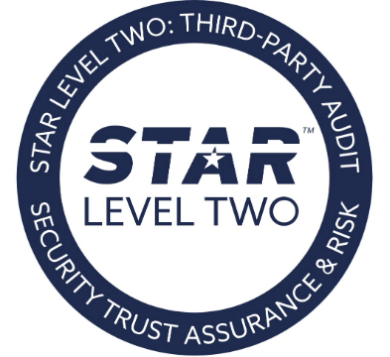What is “The Internet of Printers“?
There is a lot of buzz around the “Internet of Things” topic in these days, and there will be a lot more, especially in some business areas where it may have major impact. The common feeling is that IoT will, in the long term, change the game in many industries, and we fully agree with this vision.
The question is: will this apply to printers, too?
So, the goal for this post is to try to explain what happens when we replace the word “Things” with the word “Printers”, and apply the paradigms that are being defined as standards for IoT to the Printers business. To do this, we’ll try to answer the following questions:
- Does the Internet of Printers make any sense from a business perspective?
- Which technology enabler is needed / available?
- Who would ultimately benefit from it?
Let’s start from a definition: “The Internet of Things (IoT) is the network of physical objects that contain embedded technology to communicate and sense or interact with their internal states or the external environment.” (Gartner)
The implications of this paradigm can be widely different, depending on which kind of “Things” we look at. For example, anyone can install a Netatmo Weather Station with a rain sensor in his garden, and create an IFTTT Recipe that, when it starts raining, shuts off his garden watering system, changes the color of his Hue lamps, and texts him that everything he left outside his house will get wet. Life is a little more comfortable now, but there is no high business value in it.
If we apply the IoT concept to a business process, we most likely will see huge improvements and tangible benefits; that’s because in an IoT-based environment, human interaction and consequent high friction, loss of time and high cost, are reduced to almost nothing.
Here’s the key point. The IoT is a terrific opportunity for improving business processes, because it enables Machine-to-Machine interaction: the transition from a manual, human, slow and error-prone process to a M2M automatic one can transform a costly problem into a profitable solution.
What about Printers?
Printers are very good candidates for the IoT, for many reasons:
They consume a lot: toners, drums, paper, energy costs account for many times more than the cost of the device itself; someone (the user, the service provider, the fleet manager, or any other stakeholder) pays for them, and usually there is plenty of room for cost (and margin) improvement.
They waste a lot: a significant part of the toner and paper consumption of a printer is wasted, for many possible causes, most of which are out of control.
They need a lot of maintenance: you might use a PC or a server for many years and never open it, nor have a technician check it; instead, your printer needs a continuous flow of consumables replacements and frequent service activity; the more you print, the more you have to take care of it.
They are full of sensors: a printer can tell you how many milligrams of ink / toner has inside, where exactly the paper is jammed, how many sheets it has printed for each paper format in its lifetime, and much more information. So you’re able to know everything about your printers – you just have to ask the right questions!
They are connected: all business printers now have a network port, and most are connected to an Internet-enabled network; there are hundreds of millions printing devices all over the world, already Internet-connected and ready for IoT.
Bottom line: Printers are perfect for M2M interaction, as they can bring added value through control and automation, more than other many other “Things”.
But to get there, you need some additional technology…
Network printers use a common software protocol, called SNMP (Simple Network Management Protocol), which allows you to ask them “questions” based on a standard language. SNMP is a standard protocol in general terms, but every printer manufacturer adopts a specific dialect (the “private MIBs”), making life very difficult for developers of monitoring software.
The first piece of technology needed is a Data Collection software that is able to query printers of all possible brands and models, and get consistent, correct and detailed answers coming from their sensors.
Next, you need a Cloud Database platform to collect, clean up and normalize these data, in order to store them and make them available for business processes. You could maybe store all data locally on your own servers, but if you plan to gather data from many thousands (or millions) devices, a much safer approach is relying on a Cloud service to ensure scalability, availability and security.
Last but not least, you probably like the idea of using printer data inside your own applications. On any IoT environment, the magic word is API – Application Program Interfaces, a set of standard calls which allow your software to interact directly with the Cloud Database, and ultimately with the Printers. Using APIs, your application can access data coming from Printers (no matter how many thousands they are), in the most easy and immediate way, both for the user and for the developer.
These three elements (Data Collection, Cloud DB and APIs) are ultimately necessary to enable The Internet of Printers: software developers, users and providers who design or use applications and business processes targeted at improving Printers cost and usage, can apply the IoT to their world.
The easiest and fastest way to achieve this goal is leveraging a Cloud Service like MPS Monitor, which provides all the three elements mentioned above in a single platform and on a flexible, subscription-based SaaS licensing model, thus reducing almost to zero the effort needed in software development and integration.
Who can benefit from The Internet of Printers?
- Customers can be relieved from the problems related to purchasing consumables, and can benefit of less waste of consumables, better maintenance and support, better resource utilization, greater control on asset usage and management.
- Providers and manufacturers can benefit from improving processes, lowering costs, keeping customers happier and more faithful, while getting large amounts of data on printers usage, on which they can run analytics and forecasts, to improve their business models and develop more targeted strategies.
- Environment can ultimately benefit from avoiding waste and reducing consumption of polluting substances like toners, or unnecessary waste of paper. Moreover, the paper consumption impact can be compensated with PrintReleaf Reforestation.
We strongly believe that a clear strategy on leveraging the IoT on Printers, targeted at improving processes and reducing costs, will lead all the stakeholders to success and will improve margins, customer happiness, and environmental footprint.
Try MPS Monitor for free on your fleet
MPS MONITOR IS A PARTNER OF
CERTIFICATIONS









